Comparison of jute with other materials
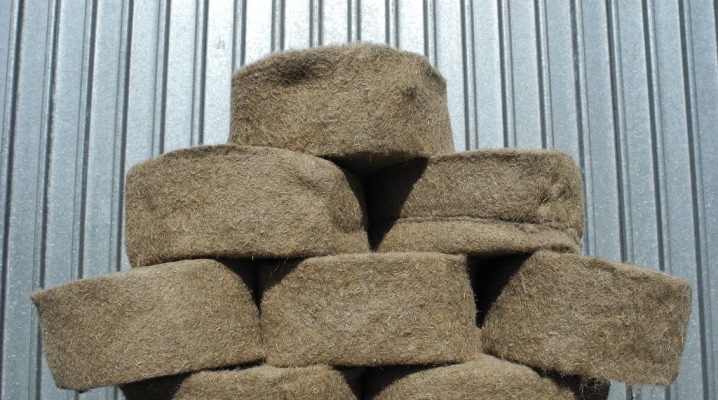
Jute, linen and sisal are widely used in construction. They are natural fibers and have a fair amount of both similarities and differences. We will tell you about what jute is and how it differs from other materials in the article.
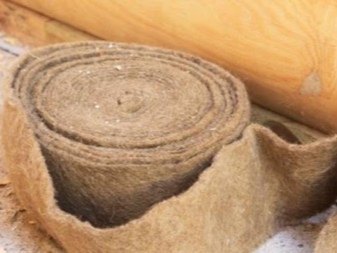
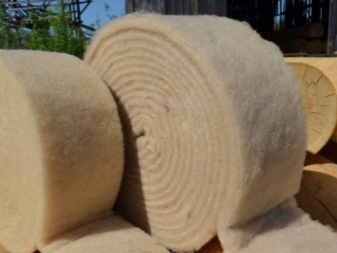
Differences from flax
Jute is a mezhventsovy insulation, which is often used as a heat insulator for baths and other structures made of timber and logs. This material is a web of fibers, which is made using a special technology of the East Asian region. Jute is distinguished by its elasticity, which is given by the lignin contained in jute fiber, hardness, high strength, breathability and good density. It is often used to insulate certain wooden structures, and is also actively used in industrial production.
If we talk about linen insulation, that is, about flax, then first of all it is worth talking about the increased thermal conductivity of this material. It is flexible and soft, due to which it is quite easy to divide it into strands of the size you need. However, unlike jute, linen is less dense and durable, since flax fibers, as a rule, are short and thin. Because of this, in order to achieve the same insulating effect as in jute, the consumption of linen materials during construction will have to be increased by about one and a half times. At the same time, the price of this material is much lower, which is its big plus.
In addition, it should be said that flax, unlike jute, is prone to absorbing water vapor from the air, that is, it is highly hygroscopic, which is why it is very susceptible to rotting.
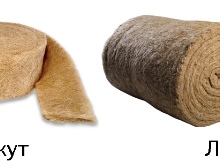

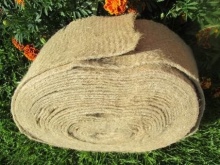
In addition, this material is often exposed to pests, which can also be attributed to the list of its disadvantages.
In general, if you compare jute and linen, you will notice that these two materials have similar properties. Both of these types of fibers are equally often used and do not require any additional knowledge and skills during installation, however, flax is mainly used in the construction of residential buildings. At the same time, both flax and jute are environmentally friendly materials that, as a rule, do not emit harmful vapors. Therefore, they are absolutely safe for human health. Plus, both materials are produced and sold in formats that are convenient for stacking - tape tow or batting.
Thus, At first glance, the difference between jute and flax may not seem so critical. These materials share many of the same properties, but linen is still less wear-resistant than jute. However, if you are not worried about the hygroscopicity and reduced resistance of flax to moisture, then in this case, when choosing between these two fibers, the main emphasis should be on the financial component of the issue.
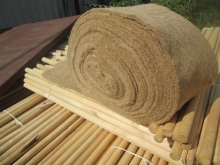
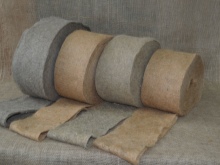
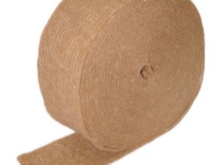
Comparison with sisal
Sisal is a naturally occurring fibrous material. It is obtained from the foliage of a perennial plant belonging to the agave genus that grows in African countries, as well as in some Asian and South American regions.
Sisal is distinguished by its strength, rigidity and wear resistance. In its structure, it resembles to many the structure of a tree bark. At the present time, sisal is actively used in the production of washcloths, nets, scratching posts for cats and ropes, in addition, it is often used in needlework.
Jute shares many features with sisal. So, this material is also used for the production of scratching posts for pets. Jute, like sisal, is distinguished by its rigidity and strength, is of natural origin, is absolutely harmless, does not attract dust and other debris.
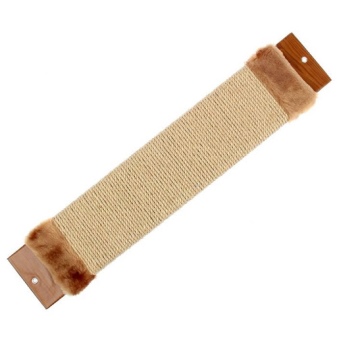
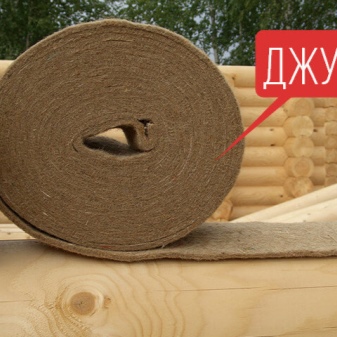
In addition, the windings of these fibers are outwardly quite similar, and the materials themselves are biodegradable: if you bury them in the ground, it will not harm the soil, but, on the contrary, will benefit it.
However, there are also differences. TAs, sisal has a higher wear resistance, and products made from it last a little longer, because of which the cost of this material increases. In addition, the structure of jute is distinguished by its smoothness and softness, while sisal is more prickly.
The color of the fibers of these two materials also differs. So, jute fibers, as a rule, have a yellowish color with an admixture of gray, while sisal, in its color, is similar to linen to many.
We can say that sisal is still better in its properties than jute. It is stronger, more durable and lasts longer, however, its price is higher, which is also important to consider when choosing between these two materials.
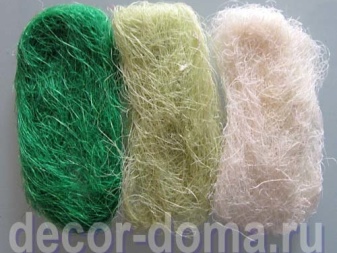
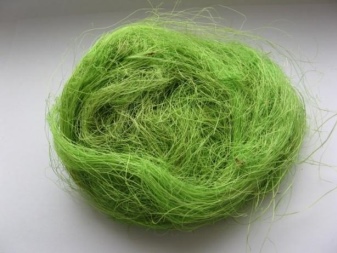
How is it different from other materials?
Hemp insulation is often used as mezhventsovy heaters, along with jute. In general, this material is very similar to flax. It has the same qualities, and is also used to make tow, ropes and ribbons. However, hemp as a material, in contrast to the same jute and flax, is less widespread in our country, and therefore it is not used so often.
Jute can also be compared to materials such as sheep's wool and felt, which are also used in construction as indoor insulation. Like jute, these fibers are generally not attacked by pests and are not prone to rotting. However, if jute has been used for a long time, and for all the time it has already managed to establish itself as a reliable and durable material, then sheep wool and felt are considered relatively new insulating materials, and therefore many doubt their reliability.
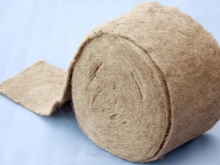
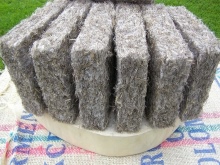
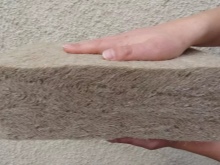
In addition, since these materials have not yet won the love of the consumer, they are not in great demand, and therefore it is rather difficult to find them in hardware stores.
Comparison of jute with other materials in the video below.













The comment was sent successfully.